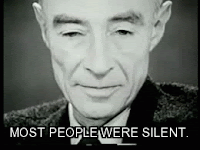Super 8 mm film is a motion-picture film format released in 1965 by Eastman Kodak as an improvement over the older "Double" or "Regular" 8 mm home movie format. Super 8 spool with film - detail "Insert film here" The film is nominally 8 mm wide, the same as older formatted 8 mm film, but the dimensions of the rectangular perforations along one edge are smaller, which allows for a greater exposed area. The Super 8 standard also allocates the border opposite the perforations for an oxide stripe upon which sound can be magnetically recorded.















































